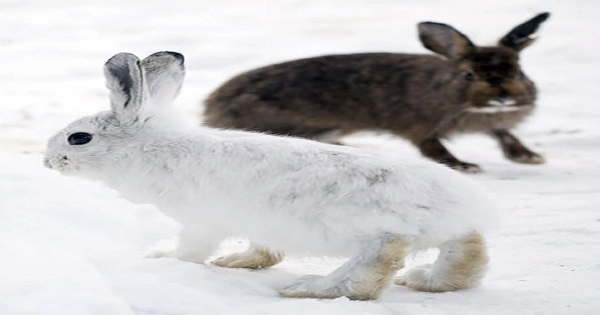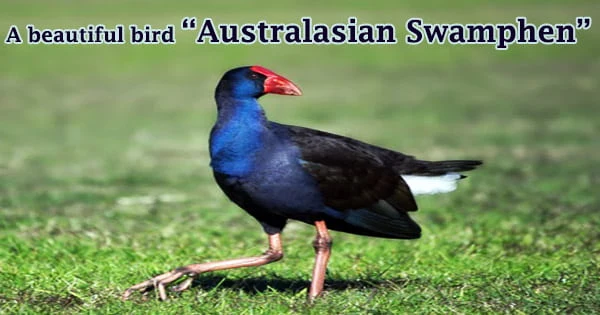The snowshoe hare, scientifically known as Lepus americanus, also known as the varying hare or snowshoe rabbit, is a fascinating creature inhabiting the boreal and subalpine forests of North America. They are primarily a northern species that inhabits boreal forests and can also range as far north as the shores of the Arctic Ocean. Along North American mountain ranges, where elevation simulates the environment of more northerly latitudes, they can be found as far south as Virginia (the Appalachians) and New Mexico (the Rockies). Renowned for its striking color-changing fur, the snowshoe hare is well adapted to thrive in its cold and snowy habitat. During the winter months, its coat turns a brilliant white to blend in with the snow, providing excellent camouflage from predators. It has the name “snowshoe” because of the large size of its hind feet. The animal’s feet prevent it from sinking into the snow when it hops and walks. Its feet also have fur on the soles to protect it from freezing temperatures. In contrast, during the summer months, the hare’s fur transforms into a brownish-gray color to match the surrounding vegetation. This remarkable adaptation helps it remain inconspicuous and ensures its survival in the ever-changing environment.

Hares are a bit larger than rabbits, and they typically have taller hind legs and longer ears. The snowshoe hare is famous for its oversized hind feet, which are covered in dense fur and resemble snowshoes. These large feet serve as natural snowshoes, allowing the hare to distribute its weight more effectively as it hops through deep snow. This adaptation enables the hare to move swiftly and efficiently, despite the challenging winter conditions. Snowshoe hares range in length from 413 to 518 mm (16.3 to 20.4 in), of which 39 to 52 mm (1.5 to 2.0 in) are tail. The hind foot, long and broad, measures 117 to 147 mm (4.6 to 5.8 in) in length. The ears are 62 to 70 mm (2.4 to 2.8 in) from notch to tip. Snowshoe hares usually weigh between 1.43 and 1.55 kg (3.15 to 3.42 lb). Snowshoe hares feed at night, following well worn forest paths to feed on trees and shrubs, grasses, and plants. These animals are nimble and fast, which is fortunate, because they are a popular target for many predators. Lynx, fox, coyote, and even some birds of prey hunt this wary hare. The reproductive behavior of snowshoe hares is also noteworthy. They exhibit a cyclic population pattern known as “boom and bust.” During periods of high population density, known as “hare waves,” their reproduction rates increase, leading to a surge in numbers. However, as the population grows, competition for resources intensifies, and predators become more abundant. This triggers a decline in population numbers, resulting in a “bust” phase.
A major predator of the snowshoe hare is the Canada lynx. Like most hares (and rabbits), snowshoe hares are prolific breeders. Females have two or three litters each year, which include from one to eight young per litter. Predation is a significant challenge for snowshoe hares, as a range of predators such as lynx, foxes, coyotes, and birds of prey hunts them. Their color-changing fur provides some protection by blending in with their surroundings, but they rely heavily on their agility, speed, and ability to freeze in place to evade detection. Despite these challenges, snowshoe hares have evolved to survive and adapt to their environment, making them an integral part of the northern forest ecosystems they call home.















